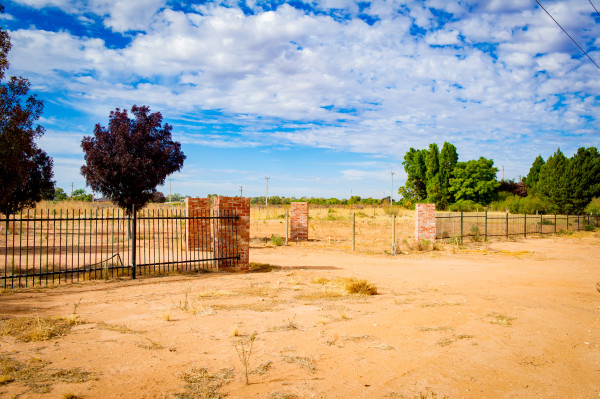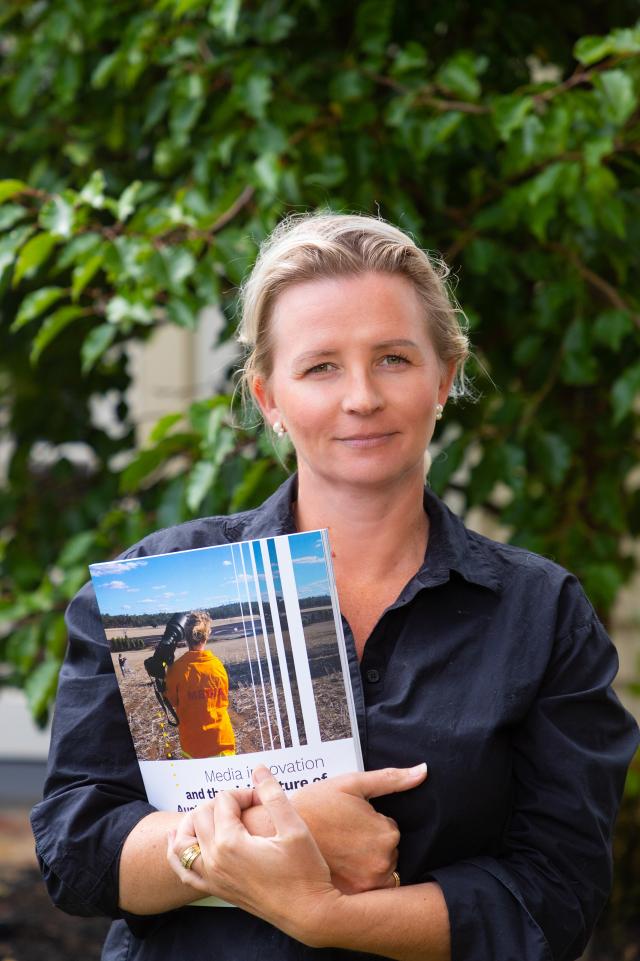VICTORIA’S planning authority has scuttled plans for Red Cliffs’ first 24-hour service station.
The proposal was approved by Mildura Council “with appropriate conditions” in April last year despite concerns it was not suitable for the proposed Calder Highway farming zone site and was recommended for refusal.
The service station plans included various convenience shop options, bathroom facilities and limited food options, as well as eight bowsers, 10 carpark spaces at the front, and parking space for 10 cars and two caravans at the rear.
Councillors were told the proposal was inconsistent with the objectives and decision guidelines of the farming zone, which sought to encourage the retention of productive agricultural land and ensure that non-agricultural uses do not adversely affect the use of the land for agriculture.
However, an alternative motion to support the development was passed by the council, despite some councillors arguing that the plan was “just not appropriate”.
The Red Cliffs Focus Group also weighed in on the debate, arguing that a third service station in the town was not needed “and then just that noise factor”.
The council argued to the Victorian Civil and Administrative Tribunal it was relevant to consider that the review site had already been lost to agricultural use for some time and that the purposes of the farming zone were therefore not offended by the proposal.
It said the balance was then tipped in favour of the service station gains because of its benefits to tourism and consequential economic support to the region.
But VCAT senior member Ian Potts said he did not accept that position.
“It is my conclusion that the proposal would be contrary to the purposes of the FZ and to the policy framework set out in the scheme about the management of land uses in agricultural areas, most particularly in the irrigation areas,” Mr Potts said.
“What is before me is not an argument about an urban use intruding into a non-urban area,” he said.
“What is before me is a question about a non-agricultural land use on land in an agricultural area zoned to support and protect agricultural uses.”
Mr Potts said that through the application of the farming zone, a high priority was given to protecting the limited availability of irrigatable agricultural land for agricultural use or other complementary uses in support of agriculture.
“This must be given effect to otherwise such policy would be incrementally and progressively undermined,” he said.
Mr Potts set aside the council decision to approve the development and ruled that no permit be granted.








